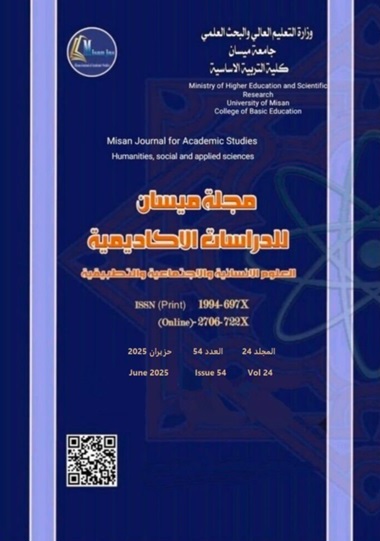Buzzwords in English Parliament Elections
Abstract
This study explores the emotional and strategic use of buzzwords in English parliamentary elections through a quantitative discourse analysis of campaign speeches, party manifestos, and televised debates in 2015, 2019, and 2024 election cycles· Grounded in Critical Discourse Analysis, Framing Theory (Entman, 1993), and the PERMA developed by Seligman (2011), outlines five core elements of well-being Positive Emotion, Engagement, Relationships, Meaning, and Accomplishment which together represent the emotional and psychological dimensions that contribute to human flourishing, the research examines the frequency, emotional valence, and rhetorical function of politically salient terms· A corpus of approximately 80,000 words from major UK political parties were analyzed using corpus linguistics tools and sentiment coding· Confirmatory Factor Analysis validated the categorization of buzzwords into five emotional dimensions, while regression analysis revealed that positively valenced and meaning-driven buzzwords significantly predicted lexical prominence· The findings demonstrate a growing reliance on emotionally affirmative and identity-framing language in post-Brexit political discourse· These results highlight the central role of emotional framing in shaping public engagement and suggest broader implications for political communication, campaign strategy, and critical media literacy·
Downloads
Copyright (c) 2025 (Humanities, social and applied sciences) Misan Journal of Academic Studies

This work is licensed under a Creative Commons Attribution-NonCommercial-NoDerivatives 4.0 International License.
The copyright is also the copyright of the magazine only.
All articles published in our magazine are subject to license terms
Creative Commons Attribution(CC BY-NC-ND 4.0) This license permits the content to be reproduced, redistributed and reused in whole or in part for any purpose free of charge, without any permission from the author(s), researcher or student.
Works submitted to Maysan Journal of Academic Studies for publication in the journal (CC BY-NC-ND 4.0) license terms. Where available content can be shared, distributed and replicated provided there is no commercial profit and appropriate credit must be given to the original source through sources or citations. It is mandatory to review any material used from other sources including shapes, tables, and images for re-use under the terms of the Creative Commons License (CC BY-NC-ND 4.0).Provided that there is no modification to the original content



